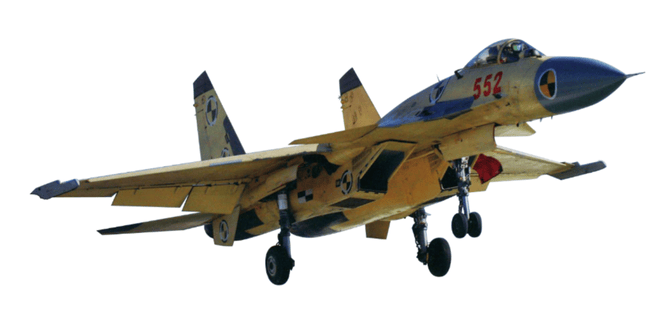Onboard Strain Monitoring System for Aircraft Flight Tests
Project name: Onboard Strain Monitoring System for Aircraft Flight Tests
A research institute employs the Dynatronic custom-built RU-846 Rugged Data Recorder to conduct offline analysis of aircraft fuselage strain and vibration data during flight tests.
1. System Overview
Purpose: Real-time recording of structural strain and vibration data during flight for post-flight analysis.
Key Features:
Ruggedized Design – Shock, vibration, and temperature resistant for harsh flight environments.
High-Speed Data Logging – Captures dynamic strain and vibration signals at high sampling rates.
Long-Duration Storage – Large-capacity solid-state storage for extended flight tests.
2. Testing Applications
Structural Health Monitoring (SHM)
Measures strain distribution on wings, fuselage, and landing gear under aerodynamic loads.
Detects potential fatigue or stress concentration zones.
Vibration Analysis
Monitors engine-induced vibrations and rotor/blade oscillations.
Identifies resonance frequencies to prevent structural damage.
Flight Load Validation
Verifies computational models against real-world flight data.
3. System Workflow
Pre-Flight Setup
Strain gauges & accelerometers installed on critical airframe locations.
RU-846 configured for synchronized multi-channel acquisition.
In-Flight Recording
Continuous data logging throughout the flight envelope (takeoff, cruise, maneuvers, landing).
No real-time telemetry (offline analysis post-flight).
Post-Flight Analysis
Data downloaded for strain-time history, spectral analysis, and fatigue assessment.
Correlated with flight parameters (altitude, speed, G-forces).
4. Technical Advantages
Lightweight & Compact – Minimal impact on aircraft weight and balance.
Low Power Consumption – Optimized for long-duration missions.
Military-Grade Durability – Operates in extreme temperatures (-40°C to +85°C) and high vibration.
5. Future Enhancements
Edge Computing Integration – Onboard preliminary data processing to flag critical events in real time.
Hybrid Telemetry + Storage – Combines offline recording with selective real-time data transmission.
Conclusion
The Dynatronic RU-846 Onboard Strain Monitoring System enables comprehensive assessment of aircraft structural integrity under real flight conditions. By capturing high-resolution strain and vibration data throughout the flight envelope, engineers can validate computational models, detect fatigue-prone zones, and identify resonance issues. Its rugged design, long-duration storage, and future edge-computing capabilities ensure accurate, reliable, and actionable data for next-generation aircraft development and certification.


